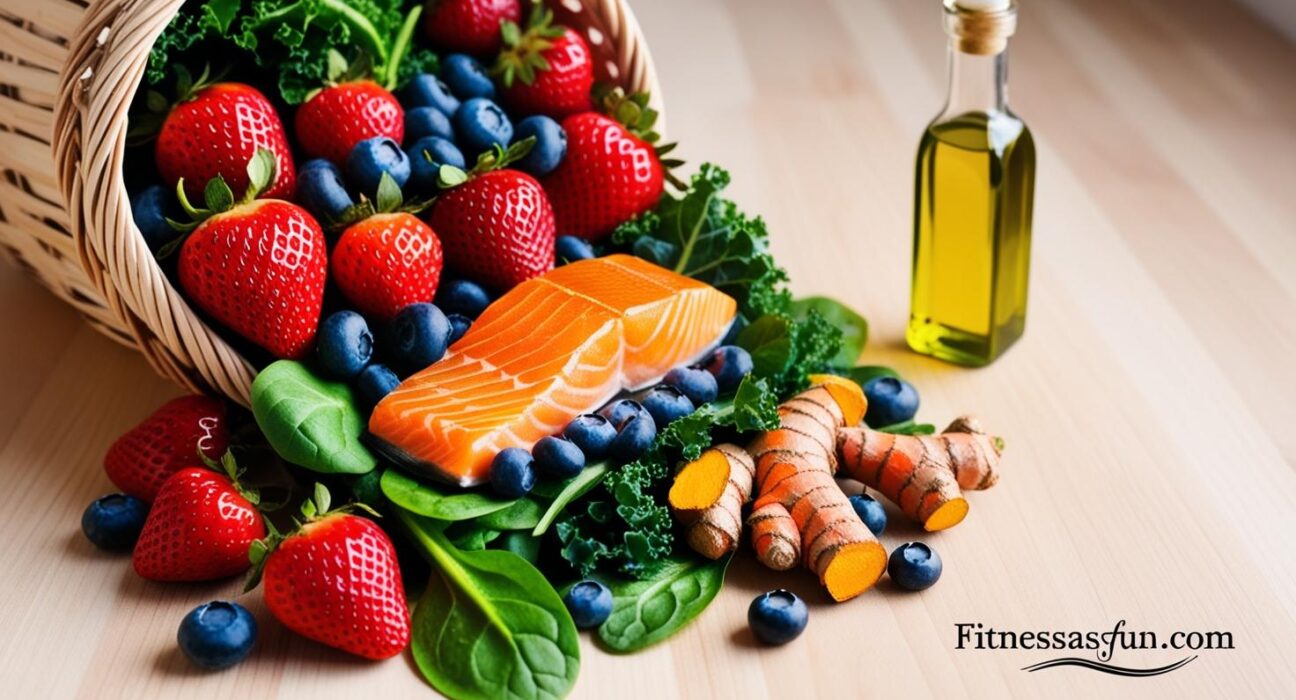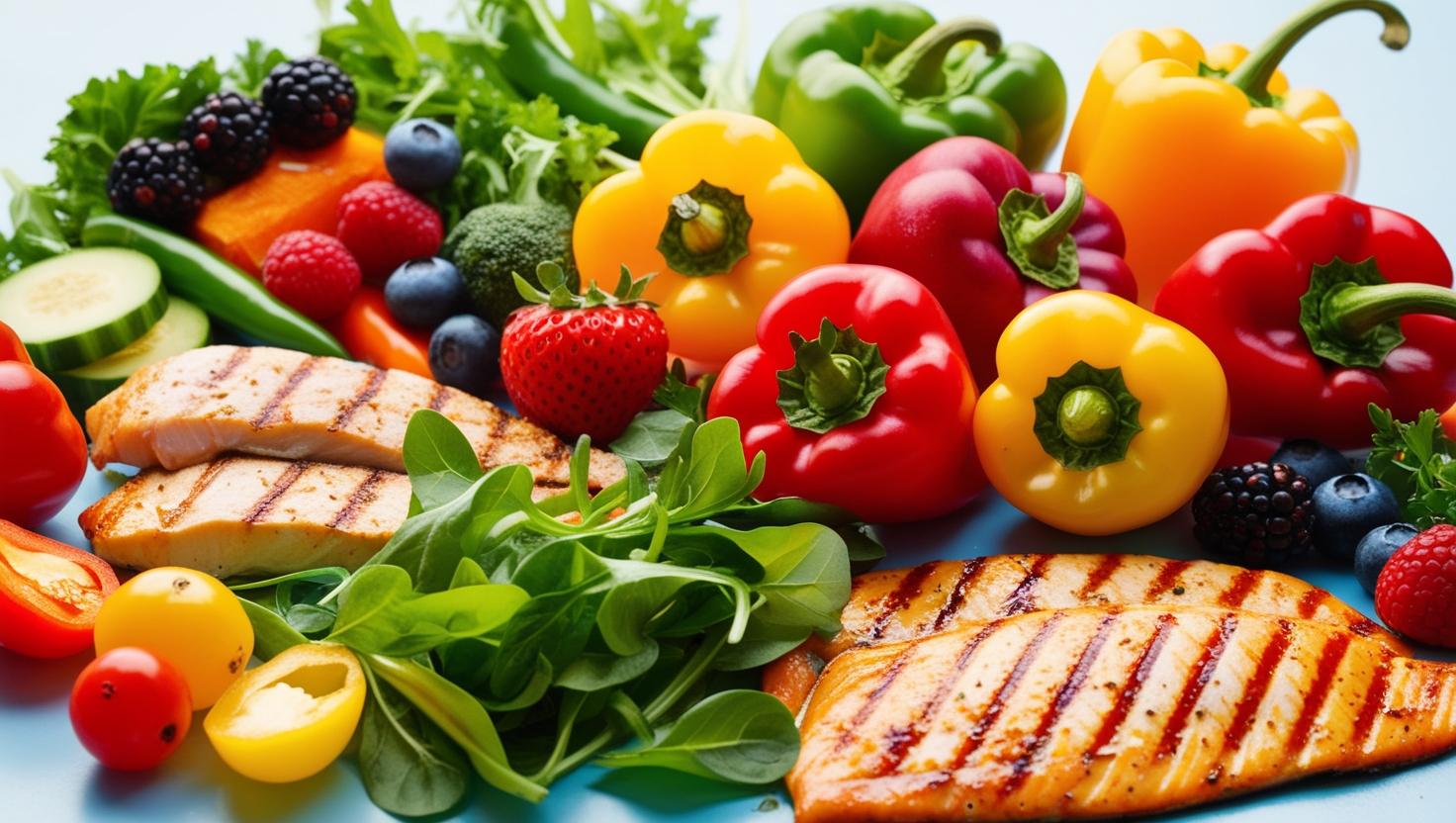Heal your body—starting with your shopping cart
Inflammation is silent. But it’s dangerous.
It drives joint pain, bloating, fatigue, and even heart disease.
The solution?
Not in your medicine cabinet.
It’s in your fridge and pantry.
Let’s build a no-nonsense anti-inflammatory grocery list.
No fads. Just science-backed foods that help your body fight back.
🛒 Why Food Matters More Than Supplements
Most people think inflammation = painkillers or turmeric pills.
But here’s the truth:
Real healing begins with what you eat—consistently.
Every bite you take either:
- Feeds inflammation, or
- Fights it
Your grocery list is your first line of defense.
✅ The 25-Item Anti-Inflammatory Grocery List
Break this list into 5 food categories so your meals stay balanced and beneficial.
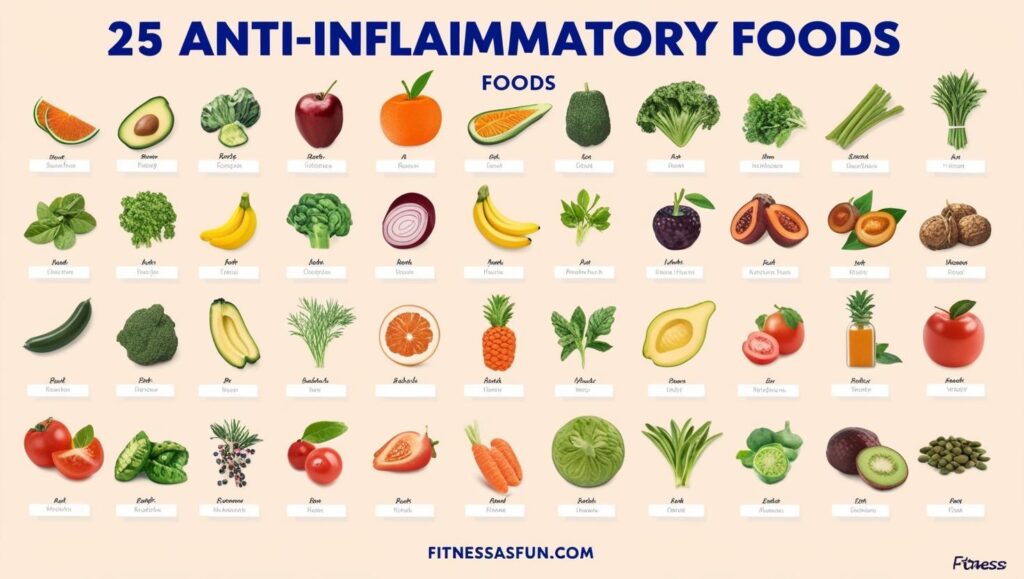
🫐 Fruits & Berries (Antioxidant-rich)
- Blueberries – Packed with anthocyanins that block inflammation signals
- Cherries – Help reduce muscle soreness and joint pain
- Pineapple – Contains bromelain, a natural anti-inflammatory enzyme
- Apples – Rich in quercetin, supports lung and gut health
- Oranges – Vitamin C + flavonoids = immune support
🥬 Vegetables (High fiber + polyphenols)
- Spinach – Loaded with plant-based anti-inflammatory compounds
- Kale – Full of vitamin K and antioxidants
- Broccoli – Contains sulforaphane, shown to reduce cytokine levels
- Beets – Improve blood flow and reduce inflammation markers
- Red bell peppers – Vitamin C powerhouse, more than oranges
🐟 Healthy Proteins (Omega-3s & lean options)
- Salmon – Rich in EPA/DHA, gold standard for reducing chronic inflammation
- Sardines – Small but mighty in omega-3s and calcium
- Eggs (pasture-raised) – Packed with choline and healthy fats
- Lentils – High fiber + protein + anti-inflammatory polyphenols
- Tofu (organic) – A clean plant-based protein with inflammation-fighting isoflavones
🌾 Whole Grains, Nuts & Seeds (Fiber + healthy fats)
- Oats (steel-cut) – Help stabilize blood sugar, reduce C-reactive protein
- Quinoa – Complete protein, anti-inflammatory amino acid profile
- Almonds – Packed with magnesium and vitamin E
- Walnuts – Plant-based omega-3s for brain and joint health
- Chia seeds – Anti-inflammatory fiber + omega-3 + protein combo
🧄 Spices, Oils & Extras (Nature’s medicine cabinet)
- Olive oil (extra virgin) – Daily dose of oleocanthal = ibuprofen-like effect
- Turmeric – Curcumin is legendary for fighting chronic inflammation
- Garlic – Natural immune booster, reduces inflammation enzymes
- Ginger – Blocks prostaglandins, similar to NSAIDs
- Green tea – Loaded with EGCG, a powerful anti-inflammatory compound
🚫 What to Replace in Your Cart
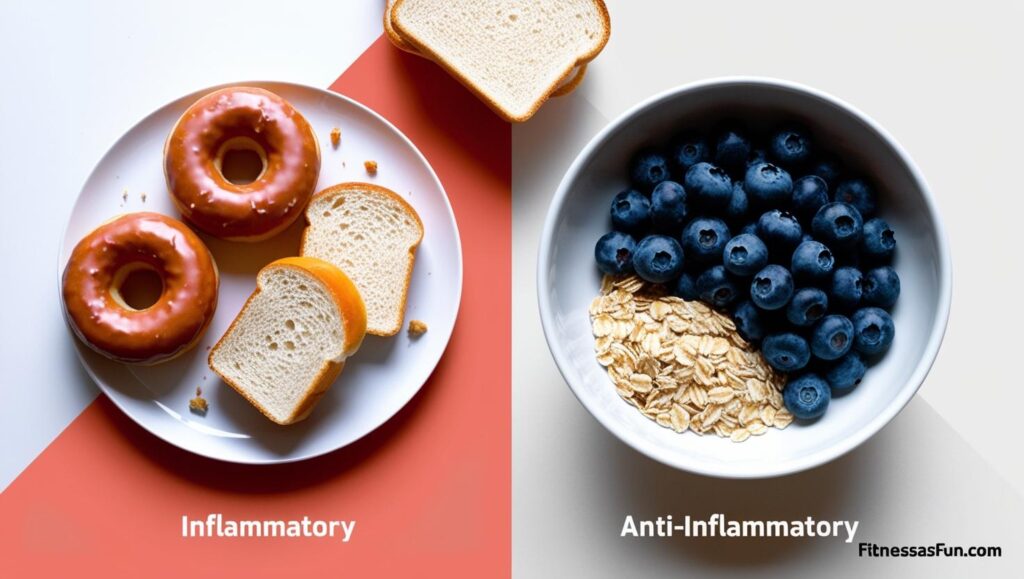
Inflammation thrives on:
- Refined carbs (white bread, sugary snacks)
- Industrial seed oils (canola, soybean)
- Processed meats (bacon, sausages)
- Excess alcohol
- Soda and sugary drinks
Swap them out, one item at a time.
Progress over perfection.
💡 Practical Tips to Make the Switch Stick
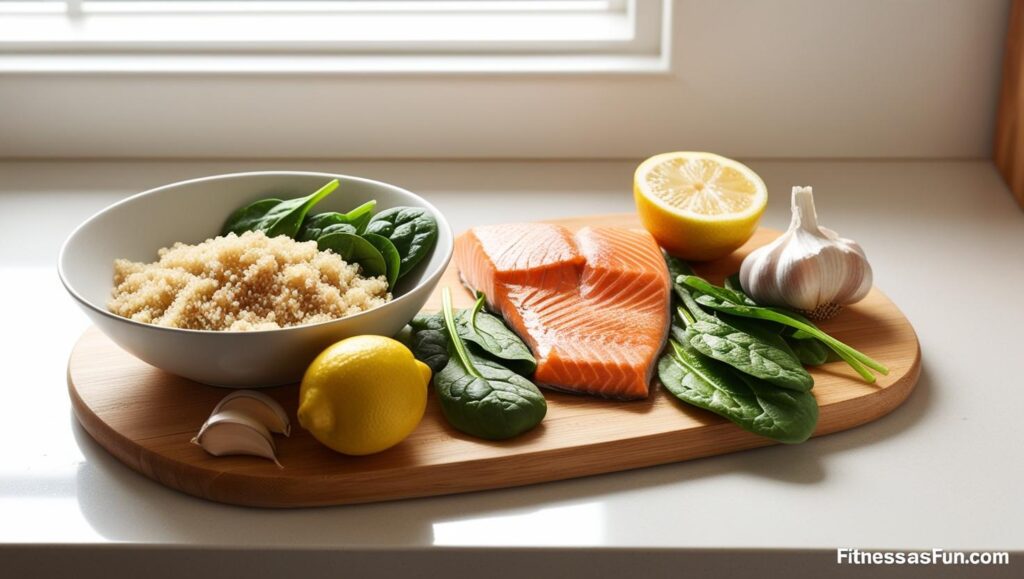
- Plan meals before shopping. Stick to this list.
- Shop the perimeter of the store—fresh produce, meat, dairy.
- Cook more at home. You control the oils, salt, and sugar.
- Read ingredient labels. Simpler is better.
- Start with 5 changes, not 25. Build momentum.
🧠 A Personal Note
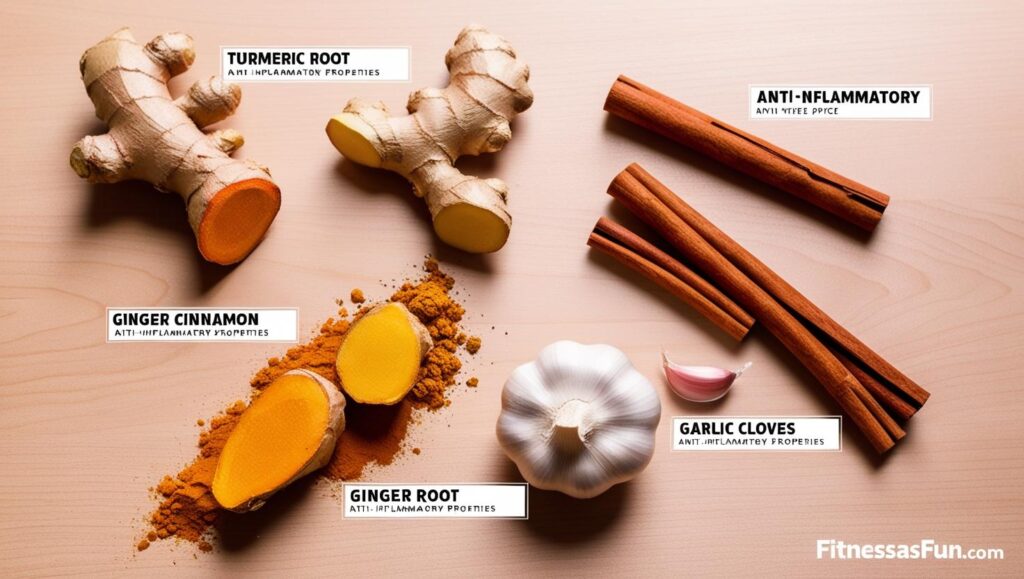
When I first started focusing on anti-inflammatory eating, I thought it would be restrictive.
Instead, it was freeing.
Less pain. More energy. Better sleep. Clearer thinking.
It didn’t happen overnight—but it did happen.
One grocery trip at a time.
📚 FAQs
Q: Can food alone reduce chronic pain?
It can dramatically help. Especially when combined with good sleep, movement, and stress management.
Q: How fast do you feel the benefits?
Some feel changes in days. For others, it takes weeks. Consistency matters more than speed.
Q: Are supplements necessary too?
Sometimes—but food should be your foundation. Supplements are just that: supplemental.


